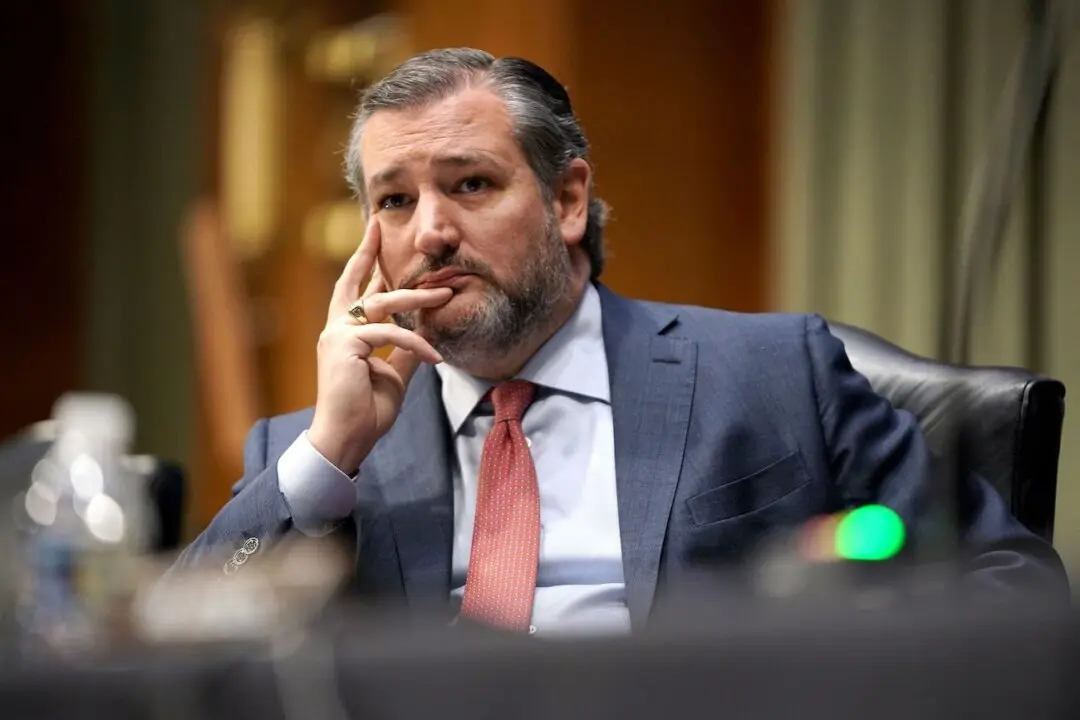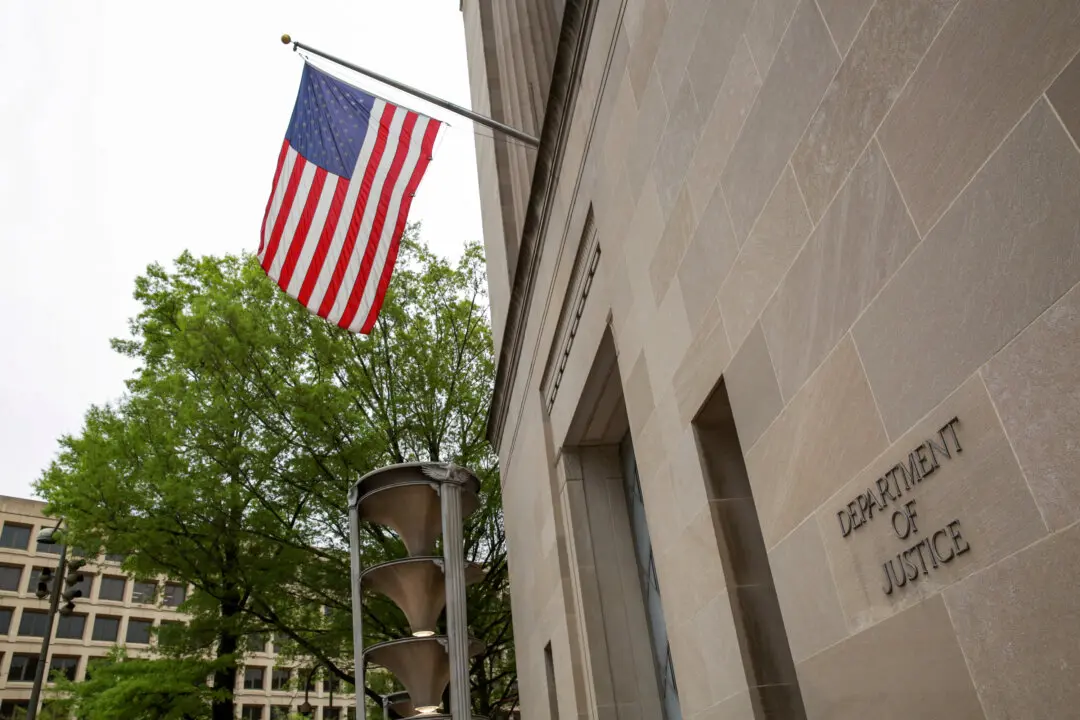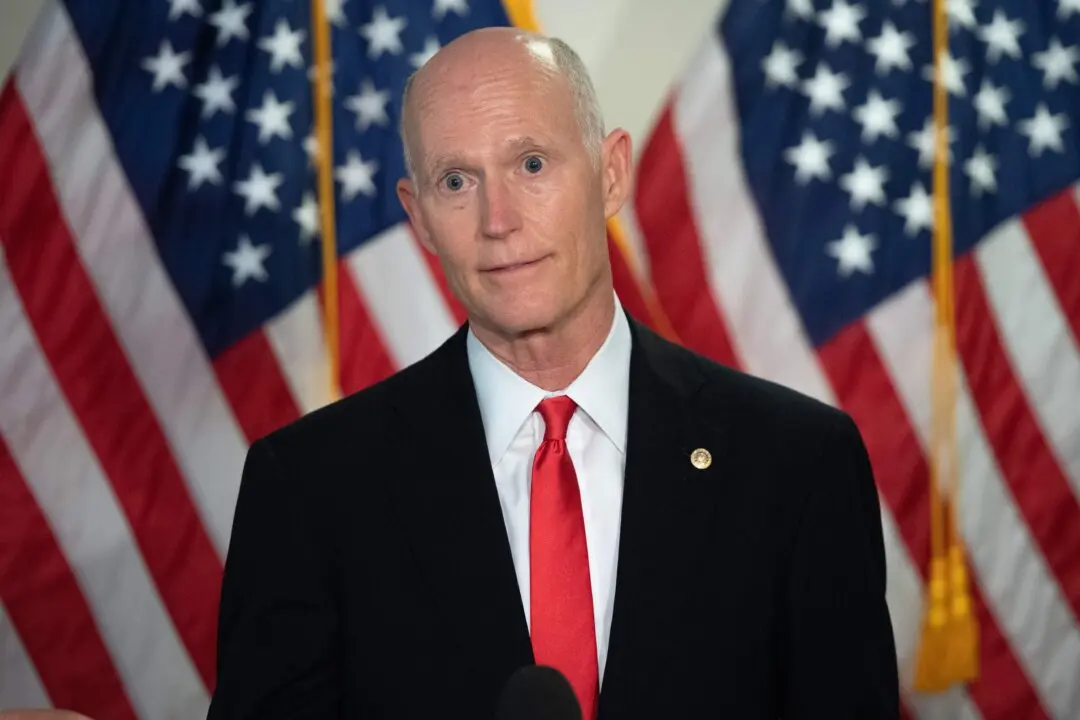Australia’s federal government is expected to announce hefty aged-care and infrastructure spending, and deliver some tax cuts as it reveals its annual budget on Tuesday, May 8. The Turnbull government also announced that it plans to return the federal budget to a surplus a whole year earlier than had been forecast.
Low- to middle-income earners in Australia are set to receive an increase in tax cuts of up to $10.50 a week from tonight’s budget. The tax relief, expected to start on July 1, will come in the form of an increase in the Low Income Tax Offset (LITO) which is automatically applied when you lodge your tax return, reported the ABC.



